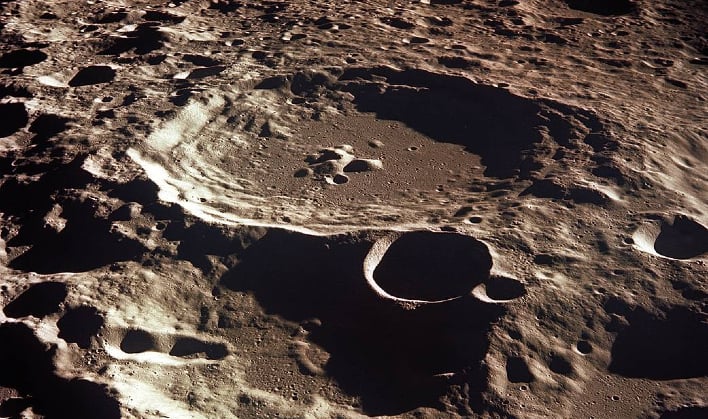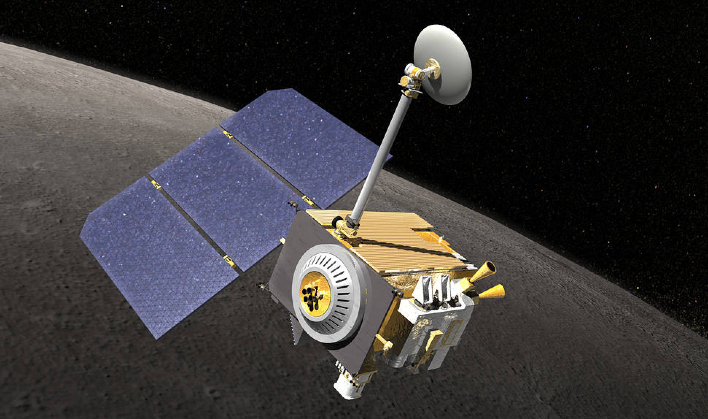A 3-Ton Rocket Careening Wildly At 5,771 MPH Smashed Into The Moon Today

The discarded upper stage of a rocket that is believed to have launched sometime in 2014 was scheduled to impact the moon's surface earlier this morning. Being the impact is on the far side of the moon, it was impossible to view. However, evidence of the impact may be obtained in the coming weeks or months. Satellites orbiting the moon, such as NASA's Lunar Reconnaissance Orbiter and India's Chandrayaan-2 spacecraft, should be able to identify the impact crater once they have orbited overhead.
There has been a bit of confusion as to exactly what space debris was actually going to make impact. The object was first detected in March 2015 by telescopes in Arizona, and has since been tracked by U.S. astronomer and developer of the asteroid-tracking software Project Pluto, Bill Gray. Gray first thought it to be the remnants of a SpaceX Falcon 9 rocket launched in February 2015. Since then, Gray has changed his opinion and now believes it is the upper stage of a Chinese rocket launched in October of 2014 as part of the Chang'e 5-T1 mission. Chinese foreign ministry officials have disputed this claim.

While this is the first unintentional human-made object to crash into the moon, other human-made objects have impacted the space rock in the past. In 2009, NASA sent its Lunar Crater Observation and Sensing Satellite into the moon's south pole while traveling at an estimated speed of 5,600 mph (9,000 km/h). Scientists used the jet of material unleashed upon impact to try and detect key signatures of water ice. NASA also deliberately flew the Saturn V rockets used for the Appllo missions into the moon.
Scientists are enthusiastic about finding out more about the impact from today. Because the size and speed of the object is known from the impact today, if the impact can be identified and measured it can be used as a measuring stick for understanding other craters on the moon's surface. Also, scientists are hopeful that they will be able to gain a better understanding the composition of the moon's subsurface.
In an emailed statement to Space.com, NASA stated, "This unique event presents an exciting research opportunity. Following the impact, the mission (Lunar Reconnaissance Orbiter) can use its cameras to identify the impact site, comparing older images to images taken after the impact. The search for the impact crater will be challenging and might take weeks to months."

